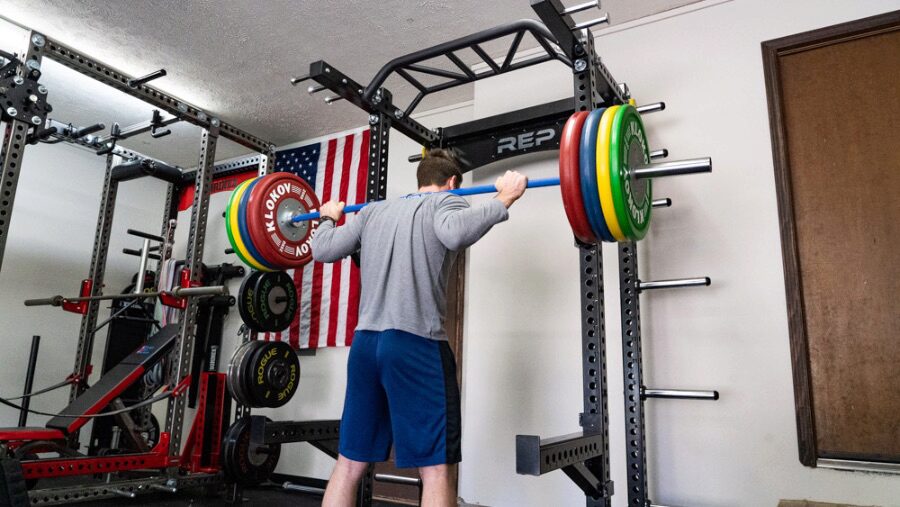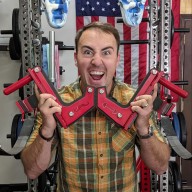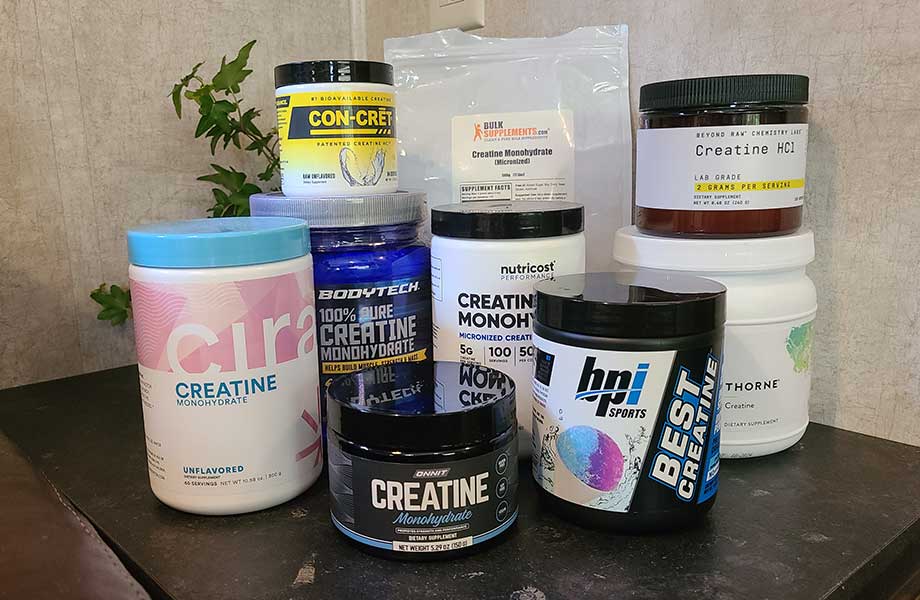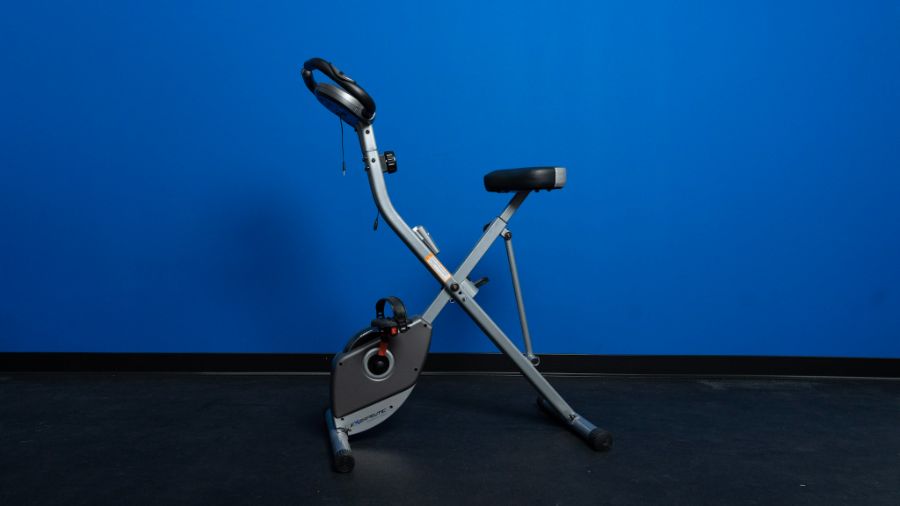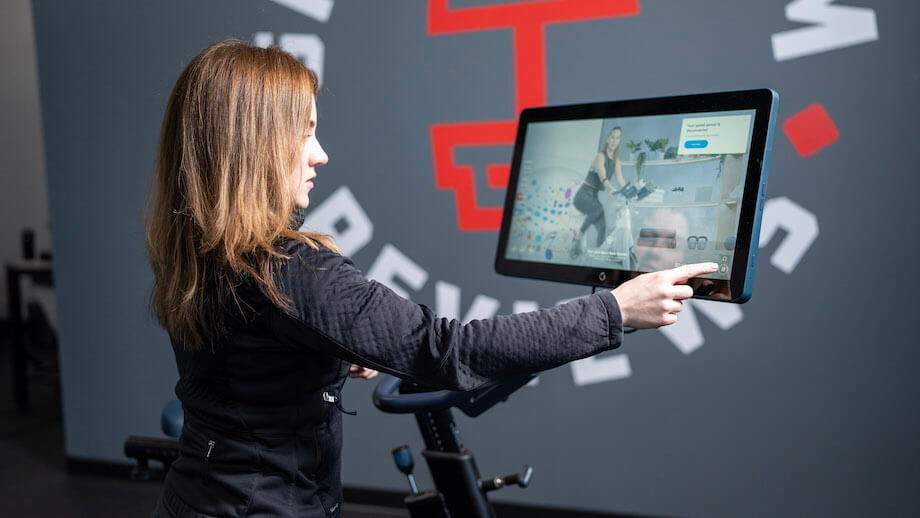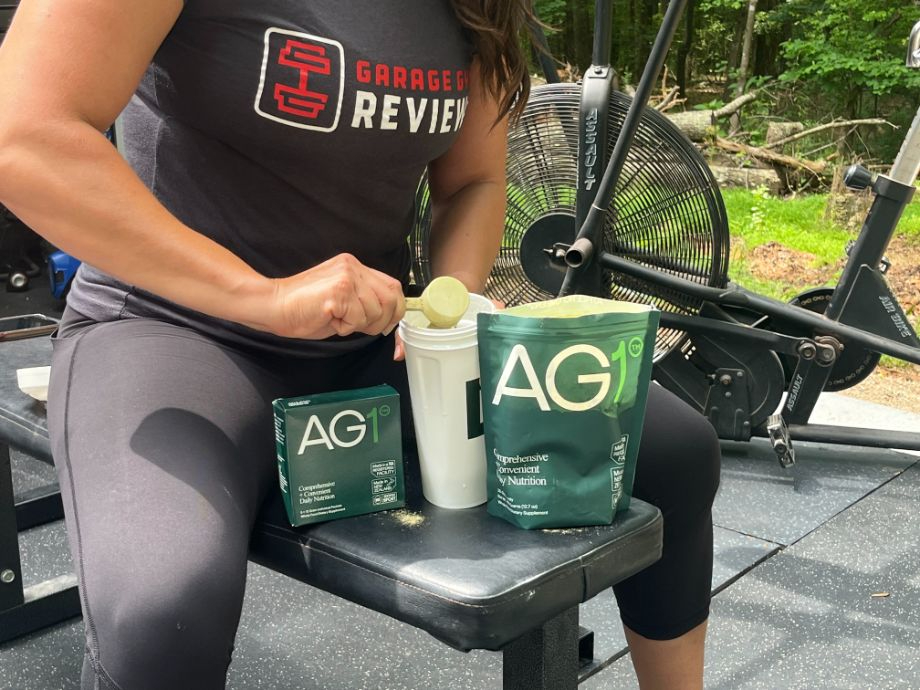Who doesn’t want to be stronger? It won’t happen overnight, but it will happen if you stick to a holistic process.
Ah, to be at home in my garage gym. Is there anything better? The smell of the rubber floor, the sound the bar makes during touch-and-go deadlifts, the way the plates bounce as you drop the barbell in victory … This really is my happy place.
And nothing makes my happy place better than hitting a heavy lift. But there is so much more to lifting heavy than simply loading up the plates and going for it. Making a PR lift, building muscle, getting stronger: these things take time. And patience. And yes, some failed attempts. The road to glory is paved with bumps, and I don’t mean bumper plates.
The good news is, there is no secret to lifting more weight. We have all the information we need; we just have to put it in practice. Jacob Penner, a certified USA Weightlifting Coach and owner of Endless Strength Weightlifting Club, shared his tips for how he helps his team lift more—and how we can, too.

1. Clarify Your Goals
First thing is first: What are you actually trying to accomplish? A 500-pound deadlift? Bigger biceps? Hitting a PR at a competition?
For some of us, choosing a goal is simple. For others, it might be a bit more difficult to pinpoint exactly what you want besides a very broad, “Get jacked.”
If you’re someone who is a little lost when it comes to goal-setting, Jacob recommends picking just one or two lifts specifically as your focus, and focus on them for up to three months before moving onto another goal.
“You may still see progress in other lifts simply from building the routine of disciplined, goal-oriented training,” Jacob says. “So don’t be too worried about ‘losing your gains’ with other movements.”
An easy place to start would be to choose an upper-body lift, like a press or a weight bench, and a lower-body lift, like a squat or a deadlift. The more specific, the better. Saying you want to “squat heavier” won’t set you up for success as much as saying you want to squat 250 pounds for one rep and 175 for 10 reps. Clarification is key.
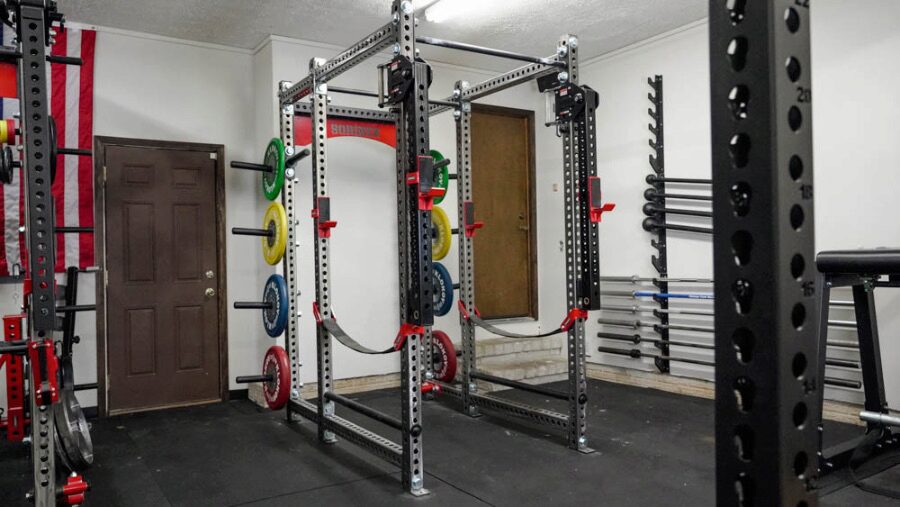
2. Lift Safely
Before we get into any kind of training programs, we need to talk about safety. There is no point in lifting weights if you’re going to get hurt doing it because your form stinks.
The Basics
“Understand the fundamentals of the lift you’re going to do,” Jacob says. “Each lift has several points of performance to ensure you are doing it correctly–and preventing injury in doing so.”
I have published several guides that outline barbell exercises, dumbbell exercises, and the best back exercises. Each guide provides clear notes on how to perform the movement. When possible, you should lift under the eye of a trainer, in front of a mirror, or even use video to check your form.
Training Frequency
Look, I know what it’s like to get excited about lifting weights. As I type this very article, my legs are dancing under my desk, dying to get out to my garage and start squatting.
But before jumping into a program, you need to think about long-term safety. It’s very easy to overdo it, especially if you aren’t used to hitting the weights.
“For example, a sudden increase in frequency or intensity of squatting could yield some sort of patellar tendonitis,” Jacob warns. “But you can offset the risk of injury by adding in accessory work to keep your muscle groups balanced.”
If nothing else, ease into your training. Start with lighter weights, be patient, and gradually start to lift heavier over the course of weeks and months.
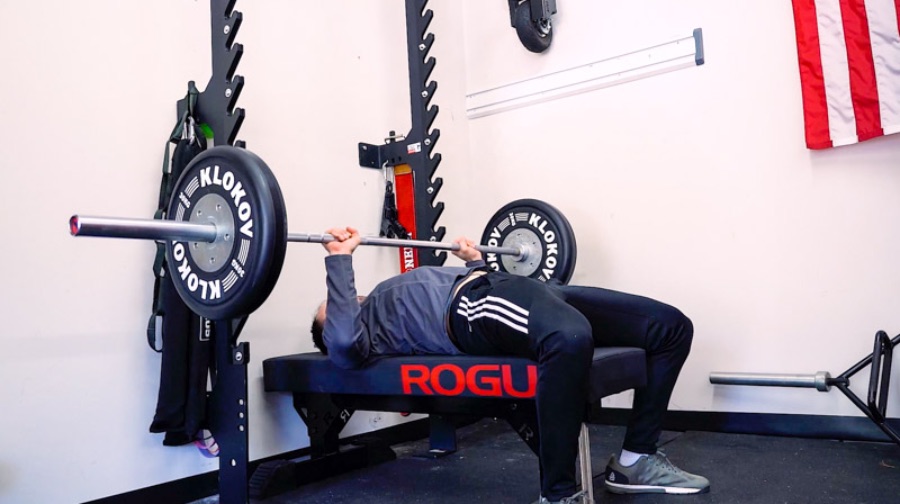
Use Equipment
While there is no one piece of equipment that will magically lead to PRs, there are some things that can help in terms of safety and form:
Weightlifting Belts
Ain’t no shame in the belt game.
Some people turn up their nose at using a weightlifting belt, but not me. I love mine, and I own a lot. I even wrote a guide to weightlifting belts to help you figure out if you need one and which one might work best.
“A belt, when used correctly, encourages proper bracing patterns that protect your spine,” Jacob says. “A good brace through your core can lead to lifting heavier weights.”
Weightlifting Shoes
I’m a self-proclaimed shoe hobbyist. I love buying ‘em, trying ‘em, and wearing them until they can’t be worn anymore.
Depending on what kind of lifting you do, the right CrossFit shoes can increase your comfort in the movement as well as help keep your body in better positions throughout the movement, i.e. wearing shoes with a high heel when performing Olympic lifts; or sporting minimalist shoes during deadlifts.
RELATED: Best Weightlifting Shoes
Squat Racks
If you’re working on getting a better squat, then lifting out of a power rack is something I strongly recommend. The best racks will have safety bars to protect you if you have to bail on a lift. If your rack doesn’t have safety bars, please practice proper bailing techniques. I personally recommend racks that bolt into the wall or into the ground, as they are the safest to use when lifting heavy.
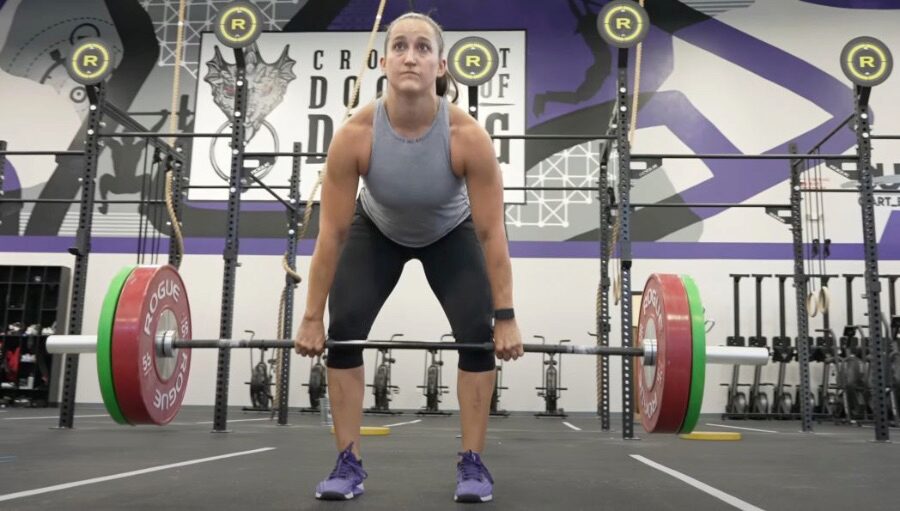
3. Training Methodology and Frequency
Once you know your goal, finding the right training program is essential. There are countless online workout programs you can sort through, some free, some paid. I’ve run a bunch of these myself.
If you’re focusing on just one or two lifts, it’s important to hit those lifts at least twice a week, Jacob says, in addition to complementary accessory work. Some training methodologies will have you doing tons of volume, like Smolov, a program that involves squatting heavy four times a week.. Smolov can be effective, but it can also be soul-crushing.
Unless you’re a seasoned lifter, there is no reason to jump into something intense like Smolov. If you’re a beginner, however, it’s smarter to choose a program that’s more well-rounded and trains all of the muscle groups at least once a week. Your overall training frequency should be something you can commit to for several weeks straight.
I always recommend personal training for strength cycles because a trainer can take into account your goals, potential injuries and weaknesses. Even remote training is effective. I like the programming from Juggernaut, which can be customized based on your goals.
Otherwise, there are a few other programs Jacob recommends:
Wendler (aka “5-3-1”)
Jim Wendler, a powerlifter and former D1 collegiate football player, developed the Wendler Method (sometimes called the 5-3-1 Method) in 2008.
“What I like about the Wendler program is its simplicity,” Jacob says. “Beginners and experienced weightlifters can make progress on it.”
The first step in running Wendler is knowing your one-rep max on the lift, and using 90 percent of that number as a base for your percentages. This is crucial–you don’t use your true max! Going too heavy can cause a breakdown in form, and that can lead to injury.
The cycle runs in four weeks, with you lifting three to four times a week, hitting different lifts–press, squat, bench, deadlift–each time. The first week, you do three sets of five reps; the second week, three sets of three reps; the third week, you do a set of five, a set of three, and a set of one; the fourth week, you deload.
Each week uses certain percentages of your one-rep max, and there are always accessory lifts programmed.
For the full breakdown, we really like this spreadsheet, especially if you need more guidance on how to do this.
Texas Method (aka 5×5)
Ask any seasoned lifter, and he or she has probably run a 5×5 program before. In the Texas Method, or the good-old 5×5, you perform five sets of five reps at 90 percent of your actual five-rep max (which you need to know to run this program).
I have personally run the Texas Method in the past, and it’s where I saw my biggest breakthroughs in squats. It comprises three days of lifting: a volume day, a light day, and an intensity day.
On the volume day, you perform five sets of five reps of the lift at 90 percent of your five-rep max. It hurts. It’s hard. The first time I ran this program, I started at about 75 percent and worked my way up over the weeks.
On the light day, you drop to just two sets of five at 80 percent of the weight you did on the volume day. On the intensity day, you go for a five-rep max. You won’t always hit a PR on that intensity day, but it’s a good test.
Physiqz offers a great breakdown of how the Texas Method works (and why it might work for you).
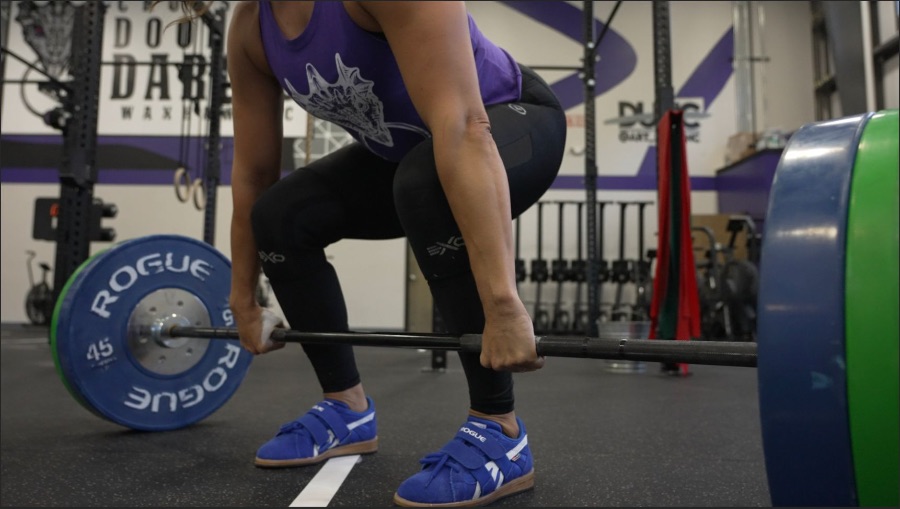
4. Track Your Progress
Keep track of what you do! Grab a fitness journal, download an app, tattoo it on your arm. I don’t care how you do it, but you need to do it. If you want to see progress, you have to track progress.
This doesn’t have to be an overcomplicated task. Simply grab a notebook and write down what you did that day in training and at what weights. For bonus points, you can also track how you felt. A simple and consistent way to track how you felt during a workout is to use ratings of perceived exertion (RPE). There’s a real RPE scale (called the Borg scale), but for simplicity’s sake, I like to rate my session RPE on a scale of 1-10, with one being I put in little to no effort and 10 being I saw my life flash before my eyes.
“Sometimes, you might not see a difference in the weight on the bar, but you’ll feel a difference in how much better that weight moves for you, and that’s still progress,” Jacob says.
To go a step further, use your phone and record your working sets. “Seeing how you move at, say, 75 percent on your first day of a program, versus 75 percent on day 10 can be another data point for you,” Jacob says. On days when the weight feels really heavy, or you feel slow, the video might be a good reminder that you are still moving well.
5. Testing
As a general rule, Jacob says, you should be testing the lift between two and four times over the course of the cycle. Existing programs, like Wendler or the Texas Method, have tests built in for you. Otherwise, you’ll have to develop ways to do this on your own.
“This doesn’t have to be a one-rep max,” Jacob says. “In fact, testing a one-rep max consistently over time can be a recipe for burnout and stalled progress.”
Jacob offers the following guide for people who aren’t sure of how to test the lifts or who are not following a set program:
12-Week Program
Week One: Test your one-rep max
Week Four: Test a five-rep max
Week Eight: Test a three-rep max
Week 12: Test a one-rep max again
“If you hit high percentages such as 85-90% for your five-rep max, or 95-98% for your three-rep max, you are demonstrating more than enough ability to do more than 100% when it comes time to test again,” Jacob says.
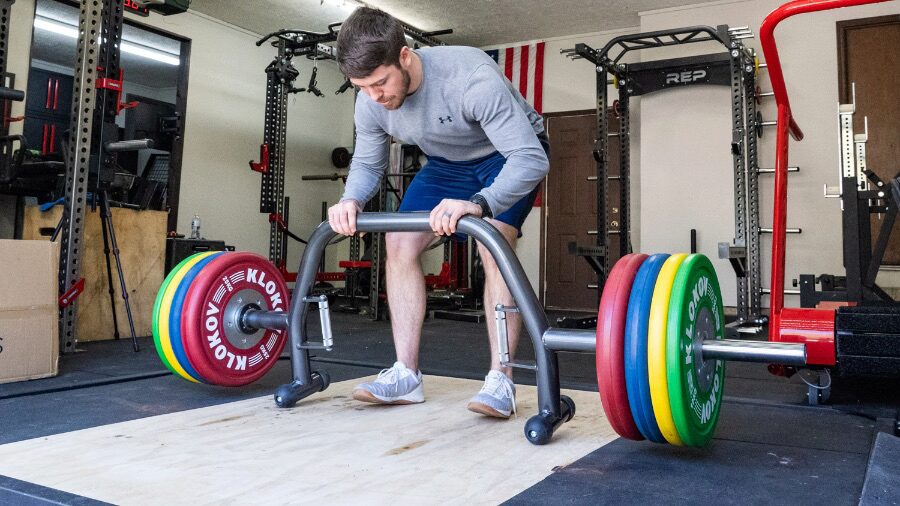
6. Eat Right
Finally, and just as importantly as all the other points, you have to eat.
The best way to know what to eat–and how much–is to work with a nutritionist, nutrition coach or other certified professional. Your sex, age, weight, and activity level all play a role in how much food you need to eat.
The one thing we do know, however, is that making gains requires fuel.
“Cutting calories and gaining strength seldom work together,” Jacob says. “If they do, it can be incredibly taxing on the body and mind, because you’re hungry and tired all the time.”
If you want to build muscle, you have to fuel your body to do so. This is going to look different for everyone: Some people like adding a lot more carbs to their diets, some people beef up the protein. Either way, you’re probably going to have to start eating a lot more calories than you do currently. You might have to play around with what works best for you.
Coop’s Takeaway
I’m no bodybuilder or elite powerlifter, but I have been lifting weights for more than a decade. I have found programs and diet plans that work for me. But mostly, I listen to people like Jacob, who know the science behind how to get stronger.
Set your goals, make a plan, be smart, and remember to eat. Sure, there’s some variation along the way, but as long as you follow the basics, you’ll build a stronger body.


